Market Growth Projections
The Global Cell Viability Assays Market Industry is projected to experience substantial growth in the coming years. With a market value expected to reach 2.24 USD Billion in 2024 and further expand to 5.48 USD Billion by 2035, the industry demonstrates a promising trajectory. The anticipated CAGR of 8.47% from 2025 to 2035 indicates a robust demand for cell viability assays across various applications, including drug discovery, toxicology, and cancer research. This growth is likely driven by advancements in technology, increasing research activities, and the rising prevalence of chronic diseases, positioning the market for significant expansion.
Rising Demand for Drug Discovery
The Global Cell Viability Assays Market Industry experiences a surge in demand driven by the increasing need for drug discovery and development. Pharmaceutical companies are investing heavily in research and development, leading to a projected market value of 2.24 USD Billion in 2024. This growth is attributed to the necessity for effective screening methods to evaluate drug efficacy and toxicity. As the industry evolves, cell viability assays are becoming integral in identifying potential drug candidates, thereby enhancing the overall efficiency of the drug development process. The focus on personalized medicine further amplifies the demand for these assays, suggesting a robust future for the market.
Increasing Prevalence of Chronic Diseases
The rising prevalence of chronic diseases globally is a critical driver for the Global Cell Viability Assays Market Industry. As conditions such as cancer, diabetes, and cardiovascular diseases become more common, there is an urgent need for effective therapeutic interventions. Cell viability assays play a crucial role in understanding disease mechanisms and evaluating treatment responses. This growing health concern is anticipated to contribute to the market's expansion, with projections indicating a market size of 5.48 USD Billion by 2035. The increasing focus on research related to chronic diseases underscores the importance of cell viability assays in developing targeted therapies.
Technological Advancements in Assay Techniques
Technological innovations are significantly influencing the Global Cell Viability Assays Market Industry. The introduction of high-throughput screening technologies and automated systems enhances the accuracy and efficiency of cell viability assessments. These advancements allow researchers to conduct large-scale experiments with minimal human error, thereby expediting the research process. The market is expected to grow at a CAGR of 8.47% from 2025 to 2035, indicating a strong trajectory fueled by these innovations. Moreover, the integration of artificial intelligence in assay development is likely to further streamline processes, making cell viability assays more accessible and reliable for researchers worldwide.
Regulatory Support for Research and Development
Regulatory bodies are increasingly supporting research and development initiatives, which positively impacts the Global Cell Viability Assays Market Industry. Governments are recognizing the importance of advancing scientific research, leading to funding opportunities and grants for innovative projects. This support encourages the development of new cell viability assays that meet regulatory standards, thereby enhancing their adoption in laboratories. The emphasis on compliance with safety and efficacy regulations is likely to drive the demand for these assays, as researchers seek reliable methods to validate their findings. This regulatory environment fosters a conducive atmosphere for growth in the cell viability assays market.
Expansion of Biotechnology and Pharmaceutical Sectors
The expansion of the biotechnology and pharmaceutical sectors is a significant driver for the Global Cell Viability Assays Market Industry. As these sectors continue to grow, there is an increasing demand for reliable and efficient cell viability testing methods. Biotech firms are increasingly utilizing these assays to validate their research findings and ensure the safety and efficacy of their products. This trend is expected to propel the market forward, with a notable increase in investments directed towards assay development. The collaboration between academic institutions and industry players is likely to foster innovation, further enhancing the relevance of cell viability assays in drug development and research.
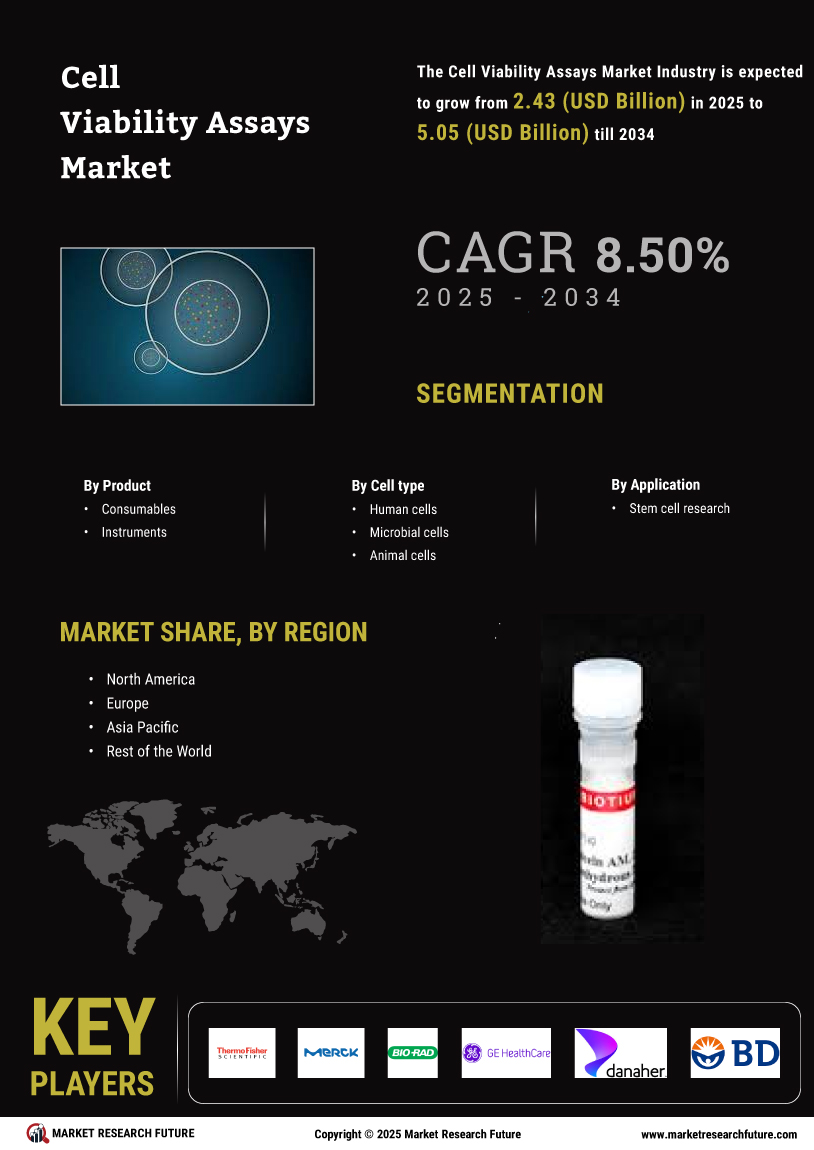

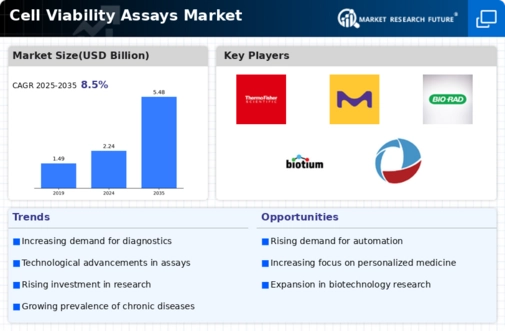
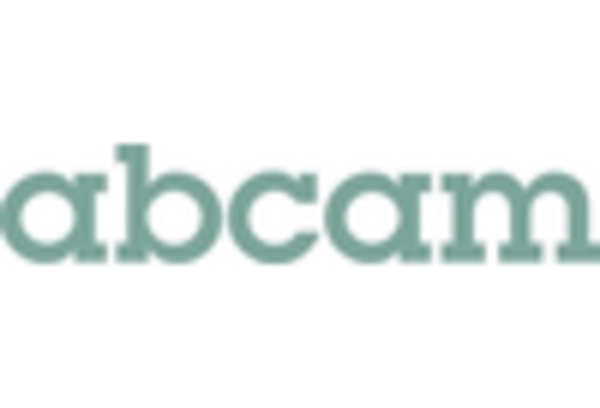
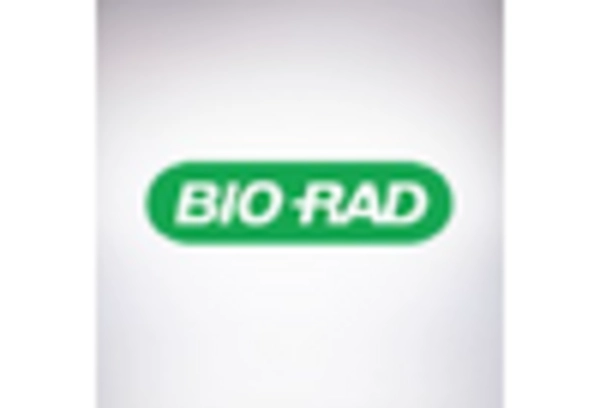

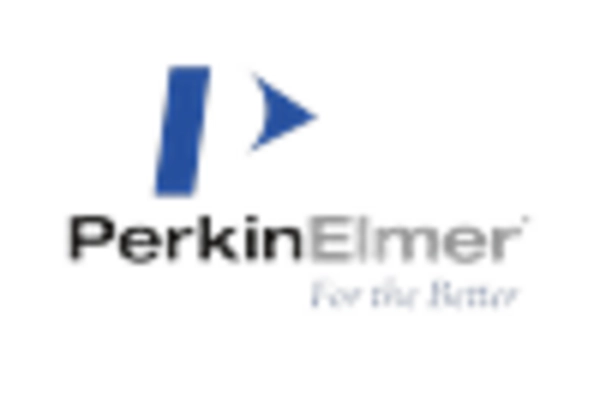
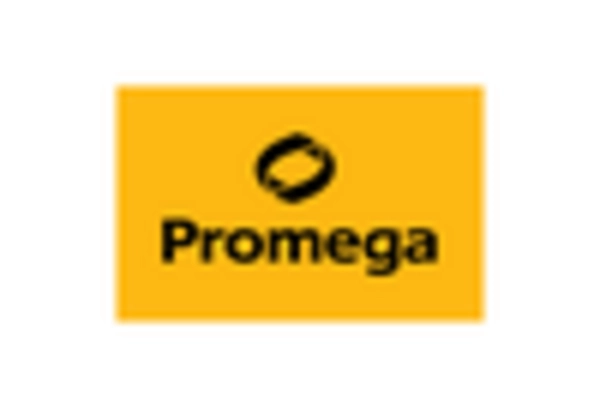









Leave a Comment